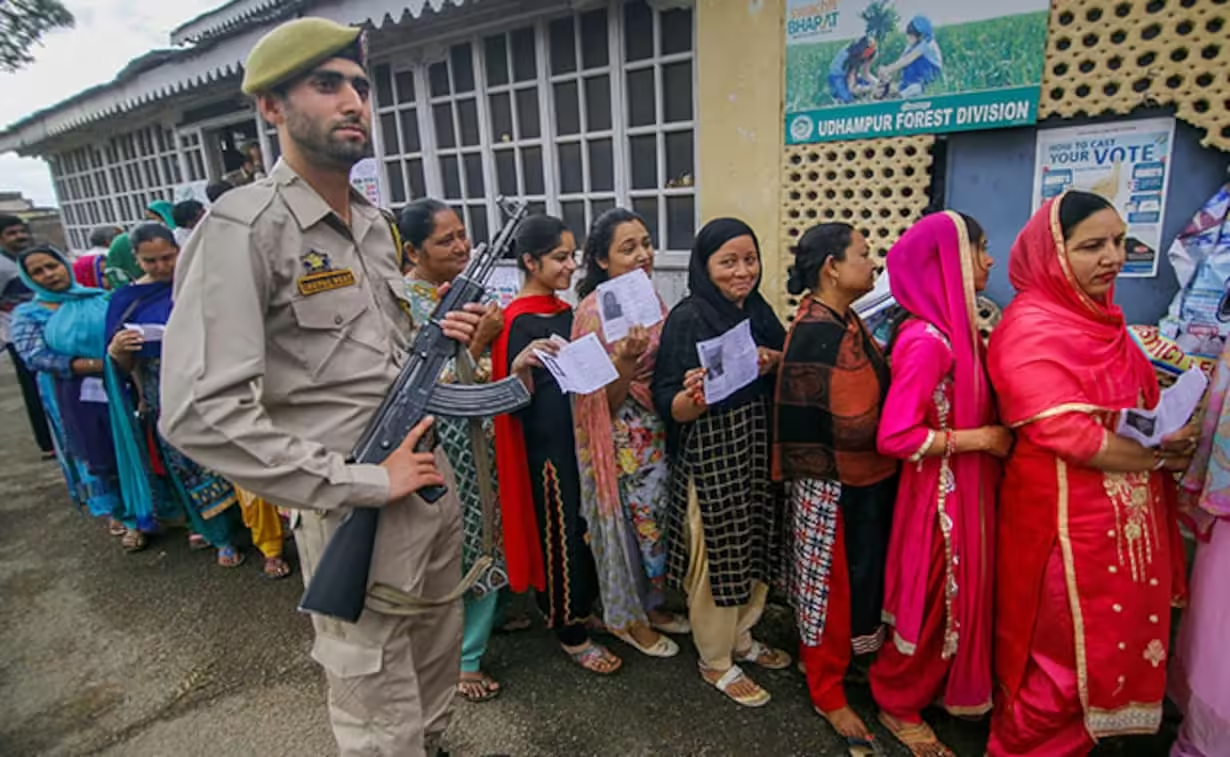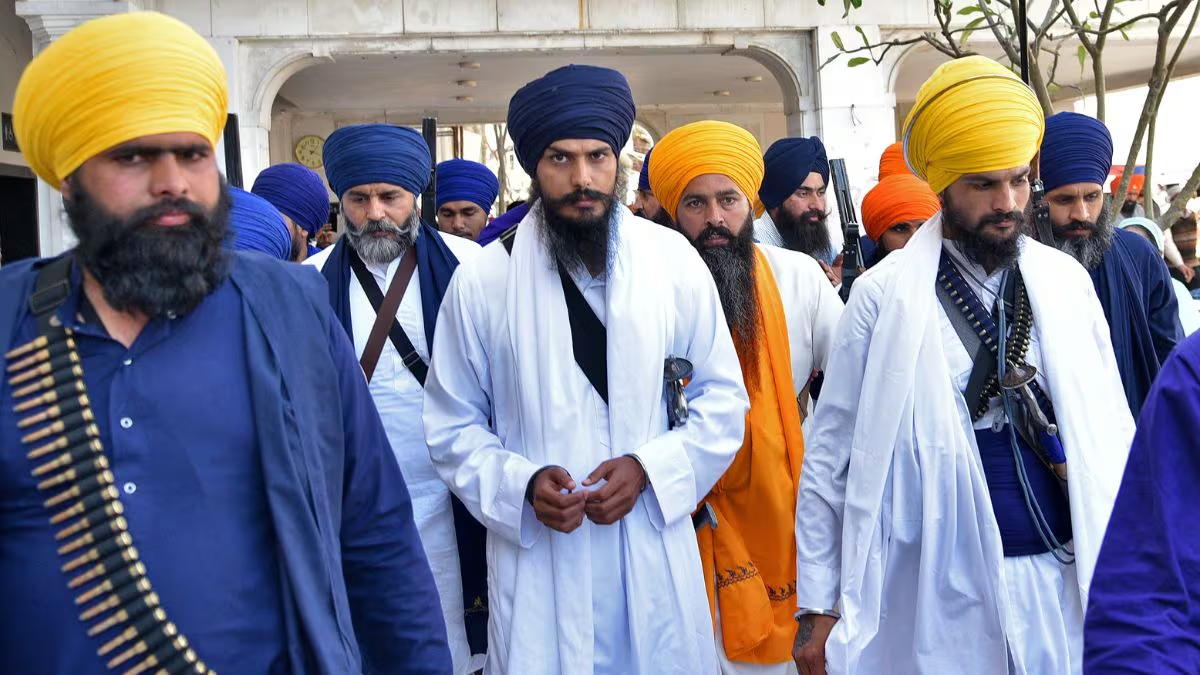India, the world’s largest democracy, boasts a vibrant and intricate election system that plays a pivotal role in shaping the nation’s political landscape. The Indian election system is a testament to the diverse and inclusive nature of the country, where millions of citizens participate in the democratic process. In this article, we will delve into the key components and intricacies of the Indian election system, exploring its evolution, electoral machinery, and the challenges it faces.
Evolution of the Indian Election System:
The roots of the Indian election system can be traced back to the colonial era when limited electoral processes were introduced. However, it was with the adoption of the Constitution in 1950 that India formally established itself as a sovereign democratic republic. Dr. Rajendra Prasad became the first President, and the groundwork for a robust election system was laid.
One of the defining moments in the evolution of the Indian election system was the implementation of the Election Commission of India (ECI) in 1950, an autonomous constitutional authority responsible for administering election processes. The ECI, led by a Chief Election Commissioner and two Election Commissioners, plays a crucial role in ensuring free and fair elections.
Key Components of the Indian Election System:
- Universal Adult Franchise: India prides itself on the principle of universal adult suffrage, allowing every citizen aged 18 and above to participate in the electoral process. This inclusivity is a reflection of the country’s commitment to democracy and representation.
- Multi-Phase Elections: Due to its vast geographical and demographic diversity, India conducts elections in multiple phases. This approach ensures efficient management and allows political parties to campaign across different regions.
- First-Past-the-Post System: The Indian election system follows the first-past-the-post (FPTP) electoral system at the national and state levels. In this system, candidates with the highest number of votes in their respective constituencies win seats, promoting stability but also facing criticism for under-representation.
- Reserved Constituencies: To address historical socio-economic imbalances, the Indian Constitution provides for reserved constituencies for Scheduled Castes (SCs) and Scheduled Tribes (STs). This affirmative action aims to empower marginalized communities and enhance their political representation.
Challenges and Reforms:
While the Indian election system is robust, it faces several challenges. Electoral malpractices, money power, and the influence of criminal elements are persistent issues. Additionally, the increasing role of social media and the potential for misinformation pose new challenges to the democratic process.
To address these challenges, the Indian election system has undergone reforms over the years. Introducing Electronic Voting Machines (EVMs), enhancing transparency in campaign financing, and leveraging technology to streamline voter registration are some notable initiatives. However, the quest for continuous improvement remains ongoing.
Conclusion:
The Indian election system stands as a testament to the nation’s commitment to democracy and representation. As the country continues to evolve, so too will its election processes. With each election, India reaffirms its belief in the power of the people and the strength of its democratic foundations, weaving a dynamic tapestry that reflects the diversity and resilience of the world’s largest democracy.


